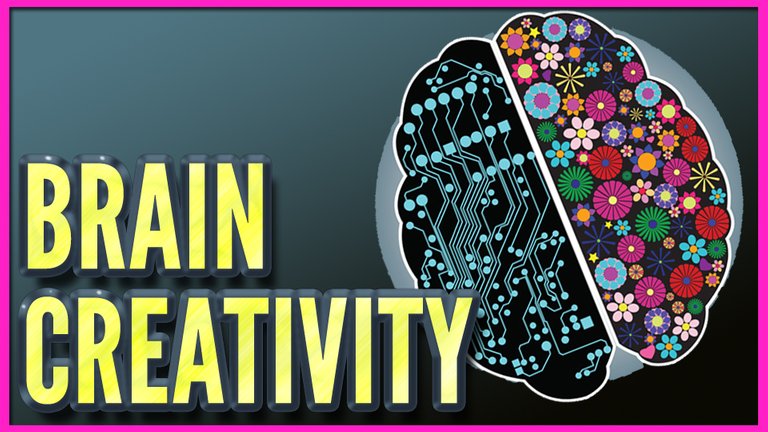
Have you ever felt like you’re not really a creative person? That other people just ‘have it’ and you’re never going to, instead relying other talents which don’t feel as much fun. Well, it’s easy to feel like that, but the truth is that you can be creative. In fact, it’s as easy as training your brain from its current state into an innovative hub of ideas – the very sort of ideas you wish you could have right now.
In fact, those ideas are already on you and you can be an ‘artistic’ type if you truly want to be. But first you have to know where to begin this journey of self-discovery. First and foremost, it all comes down to really wanting to do this.
When you start, don’t stop: because your brain feeds off doing, doing, and doing again to create new neural pathways and make them a ‘thing’ rather than just a flash in the pan that you managed once then never quite did ever again.
In fact, you’ve likely already been creative recently and haven’t realized it. Stood out from your competition? That’s a clear indication that there’s some creativity lurking inside you. Just following the leader makes you one of the crowd, but if you’ve got enough to stand out and get noticed, that’s a sign that you’re innovative and dynamic – both highly creative traits.
Grown your business or scaled your approach? Well, that’s almost certainly creative, as any business that just rests on its laurels and never tries to switch stuff up a bit stagnates – and many times, you need to be creative to find a new, working approach.
Ever suffer from attention fatigue? Sure you have: you’ve got some amazing content, but all the new shiny stuff hitting your visitors just leaves them overwhelmed an somehow not seeing your best content. Delivering something new and unexpected to shake it up a bit – that’s a creative approach.
Perhaps your whole marketing strategy needs a reorganization. Oh, yeah, I get it. That’s not creative, that’s a hell of a job that nobody truly wants to settle down to. But this is where creativity is a powerful driving force, allowing new ideas and concepts to blast in like fresh air and give your overall drive a whole new lease of life.
So, as you can see, you don’t need to be a “real artist” to be creative. In fact, it’s something that all of us have and use in small ways every day. Although I’ve just shown you several common business applications, it’s really just the tip of a huge iceberg.
And what that means is that creativity comes from anywhere and anything and from anyone. It’s not some ability or talent that you get given at birth or don’t get given at birth. It’s innate to you, to me, and to every other being on the planet.
All you need to do is practice it. Now, waiting for the big muse to come down and inspire you just isn’t going to work. You have deadlines and goals: things that need to be done sooner rather than later. Unlike the budding artists or the aspiring musician, you can’t just linger around, waiting to be inspired by a bolt of clear, brilliant creativity.
You can try: it might come, but then again…. You might be waiting for a very long time.
Take Thomas Edison, the lightbulb inventor. You can say that he was creative enough to invent the humble lightbulb, a device that billions use around the world every day, even a hundred years later. That’s a lot of staying power. What’s not so well known is that he called it the invention with 1,000 steps.
Creativity must be applied, especially in business, and continuing to try and apply is the only ting you can do. You can start working on this outside your core business with things like side projects, or reverse engineering other people’s creative ideas to kickstart your own creative juices, and you can also start to work towards your bigger goal.
Let’s take writing a book – most people have this dream. Now, if you’ve never written a book or anything longer than an essay before, this is a terrifying thought. There’s a lot of words and a lot of pages, and some people just seem to churn them out fully formed.
That’s a skill more than it is creativity. Even the world’s greatest authors once felt just like you did. They started off small, and found small systems that worked with each other to help them build something truly great in the imagination of their mind.
You can do the same. You can write a tweet, you can write a short blog post, and maybe even longer posts. You have it in you. Writing a book can be as simple as creating a chapter outline of your knowledge and then filling in the things each chapter should include. There, now all you have to do is ‘fill in the gaps’!
Creativity is a similar process: you can do it when you find systems that work for you in the context of your work and you push for your own creativity to flow. Give it a go – you’ll be pleasantly surprised!